The comprehensive performance of ductile iron castings is close to that of steel, and it has rapidly developed into a cast iron material that is widely used after grey cast iron. Ductile iron with its excellent performance can sometimes replace expensive cast steel and forged steel in use. Ductile iron castings are widely used in the machinery manufacturing industry.
The following are notes on the production of ductile iron castings:
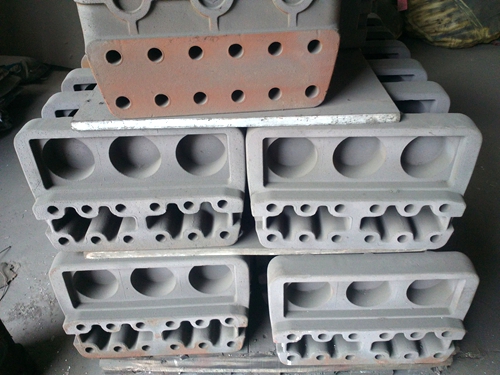 What causes shrinkage and porosity in ductile iron castings
What causes shrinkage and porosity in ductile iron castings
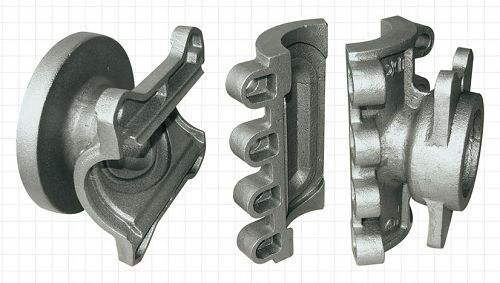 Ductile iron pieces using national standard iron
Ductile iron pieces using national standard iron
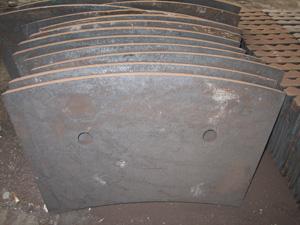 Fluidity and casting process of nodular cast iron
Fluidity and casting process of nodular cast iron
.jpg) Ductile Iron Casting QT600-3(8)
Ductile Iron Casting QT600-3(8)
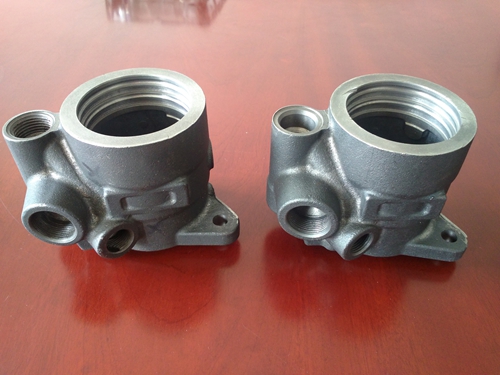 Nodular iron QT400-18 of Automobile oil pump
Nodular iron QT400-18 of Automobile oil pump
 The emu pillow rail nodular cast iron
The emu pillow rail nodular cast iron
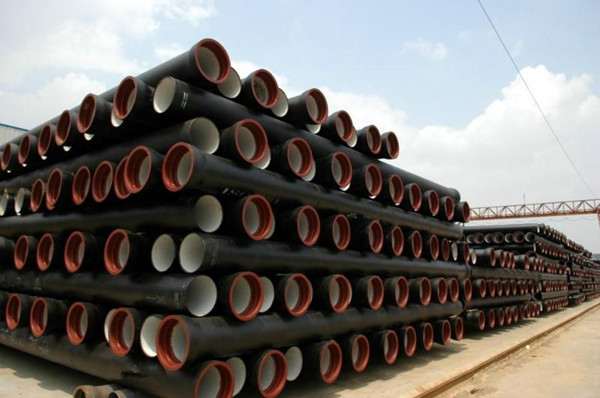 The application of ductile iron castings in automobile
The application of ductile iron castings in automobile